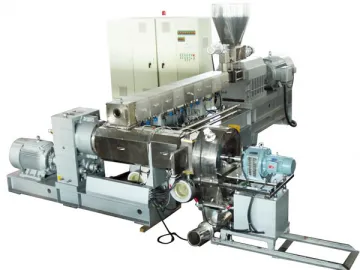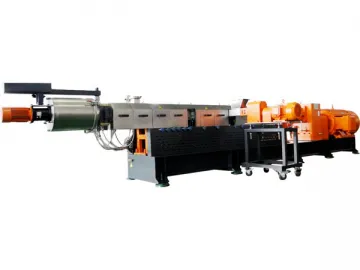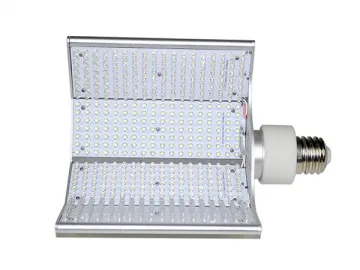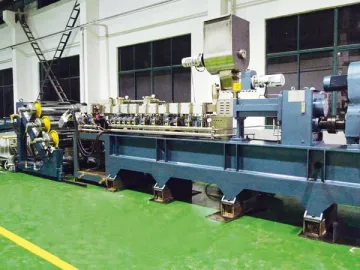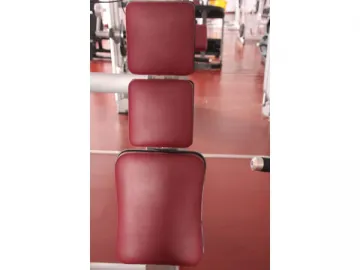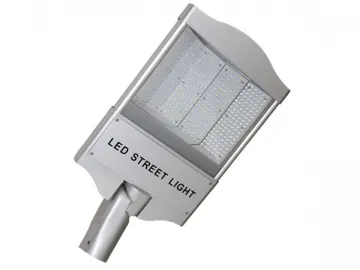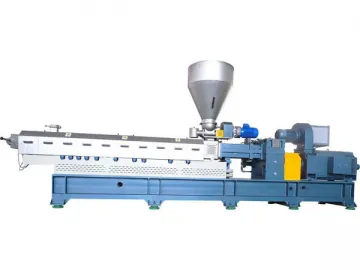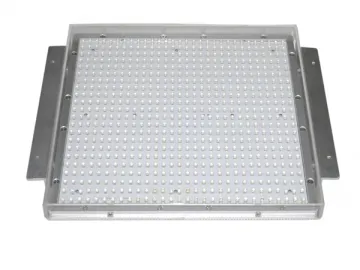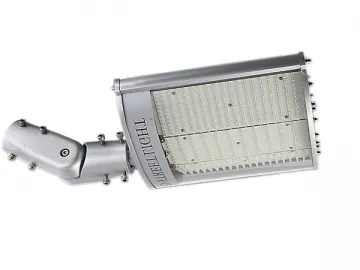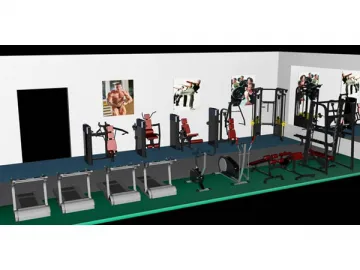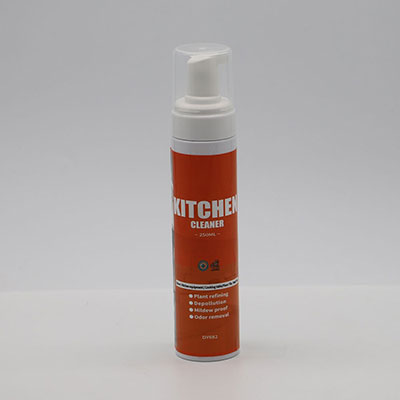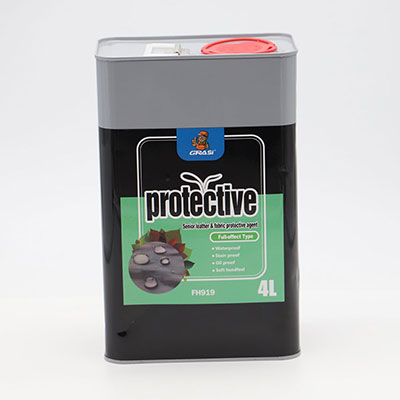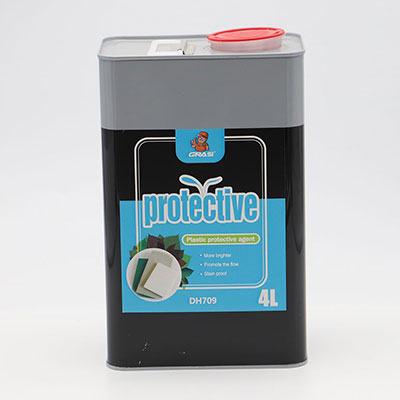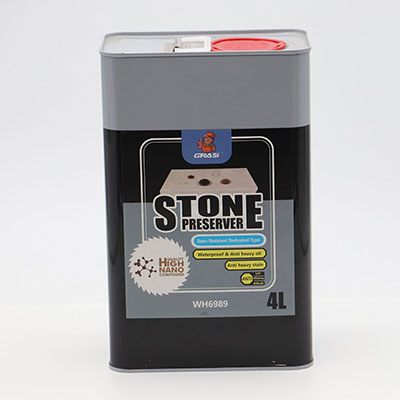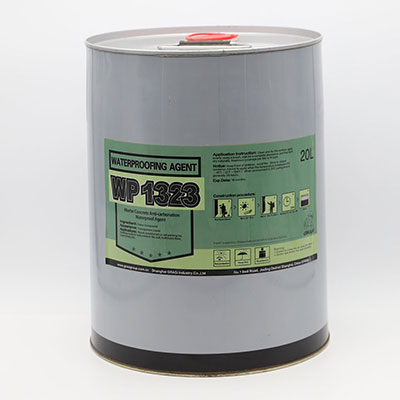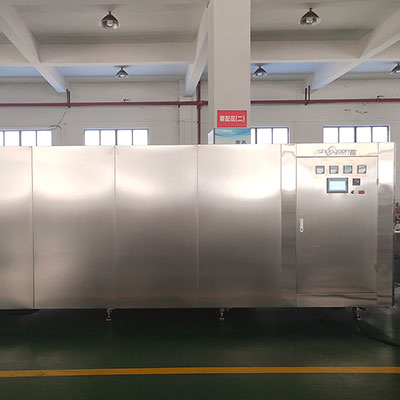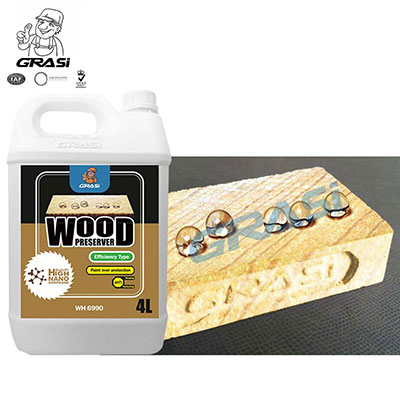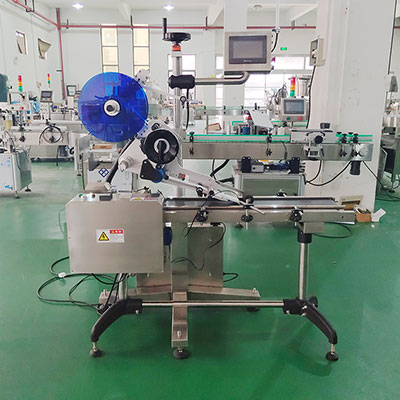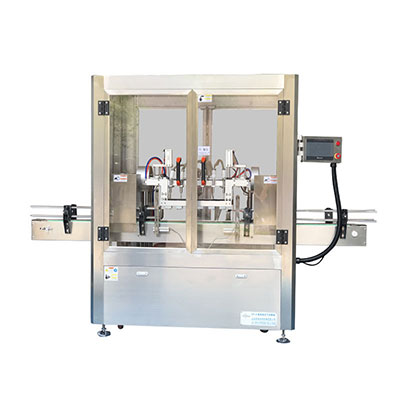Post-process Extrusion Line
The twin screw venting devolatilization and post-extrusion pelletizing line
Post-extrusion operation of polymerization reaction is another important application area for twin screw extruder, whose advantages are obvious.
1. According to different techniques, we usually need to separate, remove and recycle the water, solvent, monomer, oligomer, by-product residue and unstable end group from undried powder, colloid solution and other solutions, and melt material after the reaction. Sometimes, we need to add various kinds of additive for refining and homogenization. All these steps belong to the post-treatment operation of the polymerization.
Negative factors, including high viscosity, phase transformation and the material sticking to the inner wall, make it unsuitable for traditional and normal equipment to handle polymers. However, the specially designed twin screw extruder is just perfect for this job:
1) devolatilization performance is consistent and great;
2) production process is simplified,
3) cost and energy consumption are lowered;
4) operation environment and product quality are improved,
5) the extrusion and pelletizing processes are mostly completed with no human operations—granules are directly available at the end of the process.

According to the operation that is adopted, post-treatment can be divided into two types, namely solvent evaporation and extrusion dewatering. The former can handle the material systems with water content of as high as 70-80%, while the latter is typically used for materials with water content of 30-60%. When using the extrusion dewatering method, power consumption could be lowered remarkably because the dewatering process is performed at liquid phase.
Application: 70% carbon tetrachloride removal from chlorinated polypropylene; removal of the monomer in PMMA; 50% removal of cyclohexane ink resin; epoxy propane removal in CO2 based copolymers; PC copolymer devolatilization, PS copolymer devolatilization; dewatering of undried ABS powder; dewatering of chlorosulfonated polyethylene; crushing dewatering of various kinds of resin; stabilization of the fluoroplastics and POM with removed end groups.
High volume evaporating devolatilization twin screw pelletizing line (single stage)
Styrene butadiene copolymer (HIPS) resin production line (the first devolatilization and refining line with a annual production capacity of 5,000 ton in mainland China) in China Petroleum Fushun Petrochemical Co. ltd.
Dewatering and venting twin screw line for rubber material
Dewatering twin screw line (testing machine set) for high rubber content ABS powder (special pelletizing)
The swelling, resolving and defoaming twin screw extrusion line
The swelling, resolving and defoaming twin screw extrusion line is for the preparation of UHMWPE and aramid fiber spinning solution using co-rotating twin extruder. Firstly, the prepared suspension liquid is transferred to the material tank through the pipeline. After cooling, the liquid will be conveyed to the twin screw extruder for successive swelling, resolving and defoaming process by a series of process including material conveying, shearing, mixing, stirring, heating and pressure increasing. Then fiber spinning solution with consistent quality will be achieved.
The above mentioned process route could also be used for the production of lithium-ion battery separator. Firstly, resolve the UHMWPE, HDPE and mineral oil in the twin screw extruder. Then the solution will be extruded through a slit, forming a ribbon shape. Then the material will be subjected to mineral oil extraction, double side stretching, secondary mineral oil extraction, and final forming. The obtained lithium-ion battery separator features great hole uniformity, high hole density, and high strength.
F46 devolatization line for removing HF
Super high vacuum exhaust compounding line
High volume devolatization line (TSC120 95)
Rubber dewatering and degassing line for lowering
water content in raw material from 30~40% to 0.1%
Links:https://www.globefindpro.com/products/61367.html
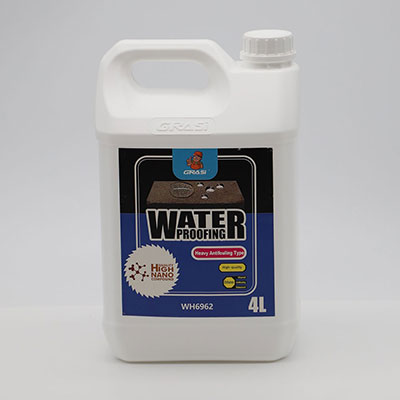 WH6962 Waterproof Penetrant Coating Agent for Mortar Cement Concrete (Super Anti-contamination Type)
WH6962 Waterproof Penetrant Coating Agent for Mortar Cement Concrete (Super Anti-contamination Type)
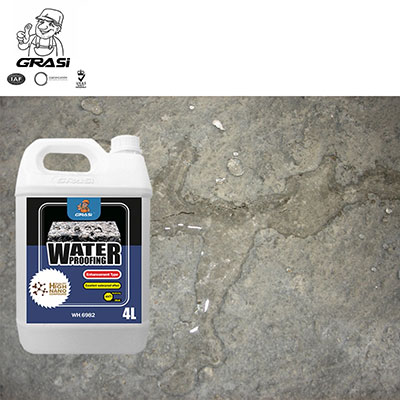 WH6982 Concrete Mortar Waterproof Penetrant for Porous Construction Materials (Emulsion Enhancement Type)
WH6982 Concrete Mortar Waterproof Penetrant for Porous Construction Materials (Emulsion Enhancement Type)

